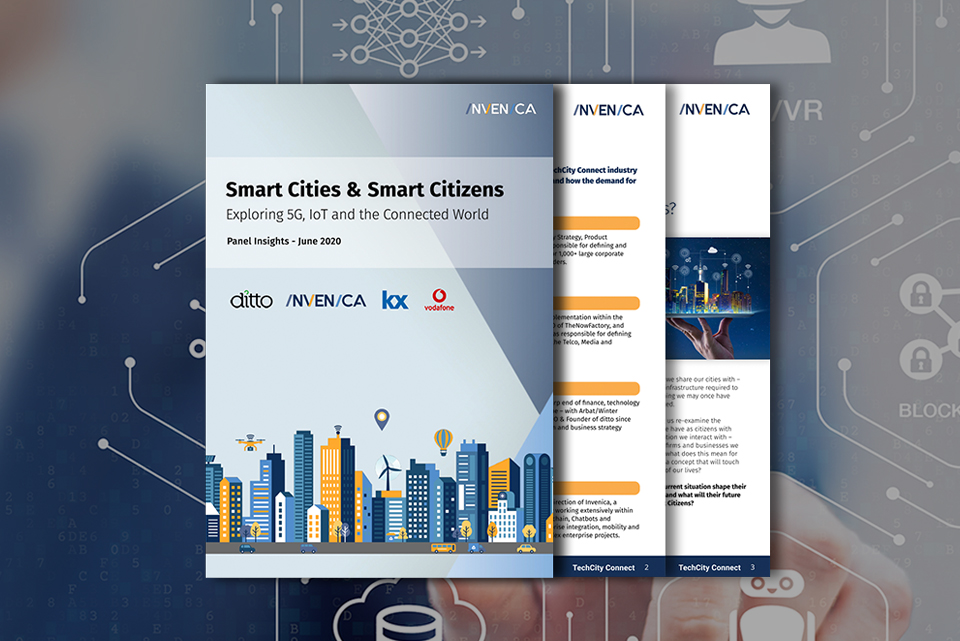Good news travels, but bad news travels quicker – and further. Three-quarters of people tell at least one person about a poor customer service experience. And, now, with the reach and immediacy of social media, how firms respond to and manage issues plays a huge role in building brand image and perception.
In a recent survey, 56% of customers said the most important thing in customer service is that their issue is resolved satisfactorily. It’s no surprise then that the same survey found that eight out of ten customers spend more with companies that give them a good customer experience.
This means that operators who haven’t invested in the tools to improve their service experience (whether customer- or agent-side) become vulnerable to customer attrition. There’s also the likelihood of falling behind competitors when it comes to overall innovation. On the other side of the story, Telcos who already have the technology to deliver a smooth customer experience are freed up to focus on improvements in agility and performance – all of which add to their brand image.
It was in this context that the customer service function of a leading global telecoms operator was struggling to deliver the right level of value to customers. As well as causing a high operating cost of costumer care, this situation resulted in a low customer satisfaction scores (NPS, CSAT, FRT, AHT, etc.) and poor reviews on sites like Trustpilot – which, in turn, influenced the company’s brand perception.
Offering a wide variety of products and services, the operator required a complex suite of tools to support its customer care teams. It also struggled to make the most of its data. The sheer amount collected and exchanged had created huge sets of information that no one had been able to curate or analyse.
On top of this, the lack of performance data made it difficult to identify the key areas for improvement. It was hard to tell which product support areas were underperforming – and what tools they needed to improve. And this made it near impossible to take a targeted approach to the problem.
What we did
For Invenica, the first step to solving the problem was to identify the core challenges across the relevant teams – including customer care teams onshore and offshore and those dedicated to specific markets. This was achieved by surveying the relevant stakeholders: customer agents, sales representatives, managers, product owners and customers. The survey was important for gathering insights, determining actual performance and setting targets for a healthy customer satisfaction index.
Invenica then designed a roadmap for the transformation of the company’s customer support function – featuring steps like the rationalisation of tools, plus the introduction of automation and AI customer agents.
The next step was to carry out a rationalisation of the firm’s customer care tools. This process involved the creation of new customer journeys and the streamlining of data – making it easier for agents to respond to queries effectively and efficiently. Invenica designed and developed the missing components and assembled the customer care platform, taking care to integrate it with existing legacy systems to provide functions such as identity, billing and supply chain management.

What we delivered
The changes and additions made by Invenica removed some huge barriers to performance (such as slow information discovery, a lack of insight from customer history and defragmented sets of tools for different products and services). They also increased the capacity to resolve customer queries through the automation of support tasks. All in all, the process reduced handling times, increased the number of solved tickets and delivered a better overall quality of service.
Taking an agile approach, Invenica transformed the tools incrementally, introducing time and cost savings to go with the improved customer experience. It also integrated new tools with the right systems where required – allowing agents to seamlessly discover and access the data and information they need.
This transformation extended into a review and reform of operating models. It also featured the creation of adequate training and documentation materials to help users get to grips with new features, including:
• An intelligent search engine
• Integration with telephony
• Identity management
• Chat engines (text/voice)
The team implemented QBox to continuously monitor and improve the accuracy of chatbot, you can learn more about this here.
With the tools in place, Invenica set new KPIs to match user expectations. The teams are now constantly measuring the customer satisfaction index to make sure their results reflect the vision and targets set by their leadership.




